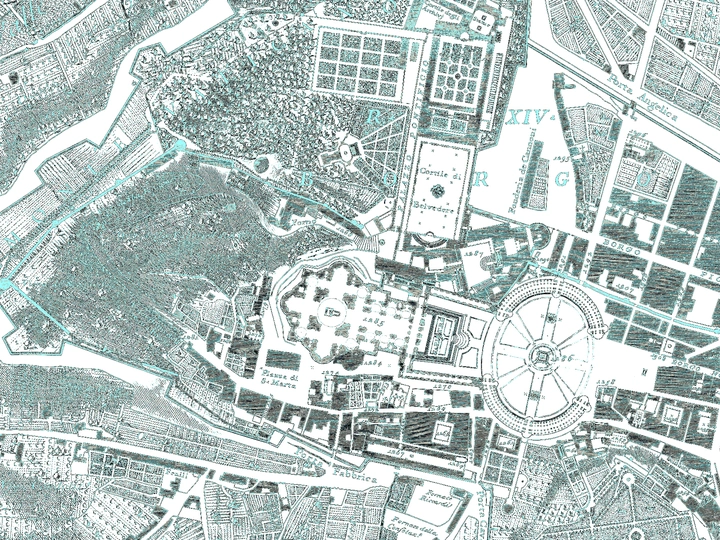Roma Ostile

Laura Mucciolo, architect (University of Florence), completed a brief training period in the Netherlands at OMA – Office for Metropolitan Architecture, and holds a PhD in Architecture. Theory and Design from Sapienza University of Rome, with a dissertation titled The House of Pan. Thinking Architectures in Uncertainty.
She has led university-funded early-stage research projects selected through peer-reviewed calls, including Revisiting Zodiac 1963–1973. The Architectural Publishing Legacy of Maria Bottero (Call 2023).
She has been part of both national and international research groups, including Tedea. Theories of Architecture (scientific coordinator: Prof. Sara Marini, IUAV University of Venice, 2020–2023), and published Terzo Paradiso with Libria (2022).
She is Adjunct Professor (2025–2026) in Interior Architecture and Theory and Techniques of Architectural Design at the University of Ferrara.
In 2025, she was selected as a finalist for the Italian Fellows Program at the American Academy in Rome.
The idea for Roma Ostile was born out of repeated encounters with subtle yet deeply alienating forms of design in public space—metal dividers on benches, sloped surfaces under bridges, spikes on windowsills. While often dismissed as neutral or technical choices, these elements signal an intentional exclusion of certain social bodies—particularly the unhoused, youth, and other marginalized groups. In a city like Rome, where the built environment is layered with centuries of public life and symbolic openness, the emergence of such exclusionary design raises urgent ethical and cultural questions. I initiated this research to investigate how design can become a tool of social control, and to imagine how spatial practice might instead promote dignity, visibility, and inclusion.
The project combines fieldwork, spatial analysis, and participatory methodologies. It began with extensive walks through different Roman neighborhoods, documenting instances of hostile architecture through photography and mapping.
One of the strongest outcomes of Roma Ostile is its capacity to make the invisible visible. By naming and visualizing hostile design elements—often normalized or overlooked—the research opens up a critical public conversation around the politics of everyday space.
In the future, I envision Roma Ostile evolving as a platform rather than a closed project. It could become a living archive, an open cartography of spatial exclusion across other cities, or an educational toolkit for design students and practitioners. There is potential for collaboration with municipalities, to rethink the criteria of public space design and maintenance. The methodology—particularly its participatory dimension—could be scaled or adapted to other contexts facing similar issues.
Though still in progress, Roma Ostile has already generated interest from local civic groups, students of architecture and urbanism, and cultural institutions concerned with spatial justice.